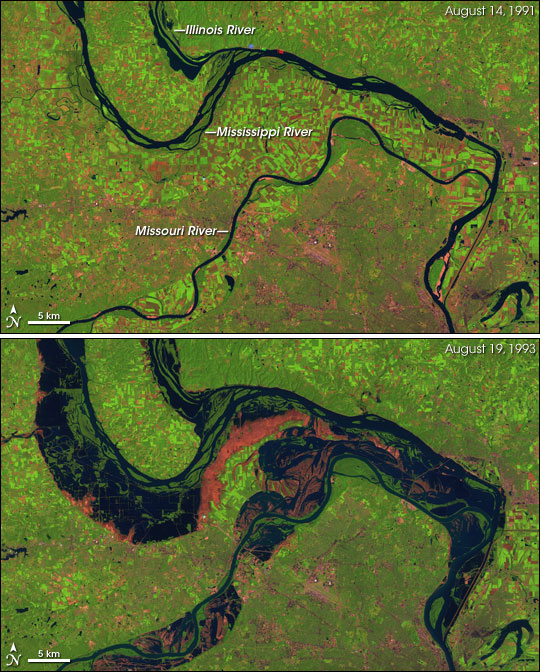Three Gorges Dam
What is the Three Gorges Dam? Why should we care about what
it? These are some of the important questions to answer when talking about the
world’s largest hydropower project. The dam
became fully functional on 4 July, 2012, and has cost a reported 24 billion
dollars. It has the ability to produce an immense about of power, to be more precise
84.7 billion kW (unit of power equal to 1000 watts) annually. The dam is a
massive 7,661 feet long, at the top, and it has a reservoir 410 mile reservoir.
It provides 20 million households
electricity. To put it in context, the Three Gorges Dam is about five times
larger than the Hoover Dam. This is incredible, especially if you have seen the
immense size of the Hoover Dam.
Given what I have told you the Three Gorges Dam seems like a
modern marvel. Not only does it help provide electricity for people, but it
also helps prevent flooding. However, once you start looking at what had to
happen to get the dam built and what toll it has had on the ecosystem in China
things get interesting. .
Displacement of people was the primary issue of those
that opposed the dam’s approval in 1992. The construction of the dam displaced
1.5 to 4 million people. This is a large number. The people that were displaced
had to leave lands that their families had occupied for years. Proper compensation
was not usually given. Only a minority received enough to start a new life in a
different area. Those that were not given enough were not even given help to
relocate. The government sees the dam as a much needed tool for energy, and
that it is a green source of energy. I, among other opposition, see it as a
huge abuse of power that has led a substantial amount of people into poverty.
The dam has also been linked to something called reservoir-induced
seismicity. Reservoir-induced seismicity becomes a problem when a dam is built
on a fault line. The Three Gorges Dam sits on the Jiuwanxi and Zigui-Badong
faults. These faults become strained because of the large amount of water on
top of them. This strain creates earthquakes, which are usually small, but in
some occasions can cause significant damage. Earthquakes generated by dams are
nothing new. For example, California’s Oroville Dam, in the foothills of the
Sierra Nevada has had the same issues. However, this dam is much smaller, so it
creates much less earthquakes. The government was warned of this before construction
began, but they did not listen. This shows complete negligence and because of
it a large amount of people could die.
Animals and plants
have been threatened because of the floods generated by the dam’s placement. This
is an issue because China is the home to 10% of the worlds rooted plants
(vascular plants). Of that 10% about 20% are located in the dam’s vicinity. This
means that a large flood could destroy a great percentage of these plants. The
dam has also hurt many natural environments because it has changed flow patterns.
This means that areas that used to not get flooded are, and areas that are used
to getting flooded are not. Animals and plants over time evolve to the areas they
are in. This means that plants grow where they are going to benefit most from
the area. Animals understand patterns and stay away from risk if risk is there.
However, these changes catch plants and animals off guard and result in their
death. The dam water is also highly polluted which has caused fish to start
dying. Fish are very important to the people of China, and pollution has been
an issue in that matter for some time. Solving these problems has been a goal
for many villages and outside forces, but the government and large companies within
China don’t see the problem.
There is a lot that needs to be done, and people are trying.
The only issue is that most of the work being done is not by those that can
actually do something. Until the government realizes that this project has
severe consequences the issues will continue. Even if countries such as the
United States and Germany try to pressure China they will not succeed. China
sees this project as something beneficial, and the government will not lose
face with its people by saying that it is wrong. This goes back to Chinese
history, and the government’s constant need to show that it’s able. A solution might
be possible, actually it is, but it is unlikely until the government becomes
more concerned.















